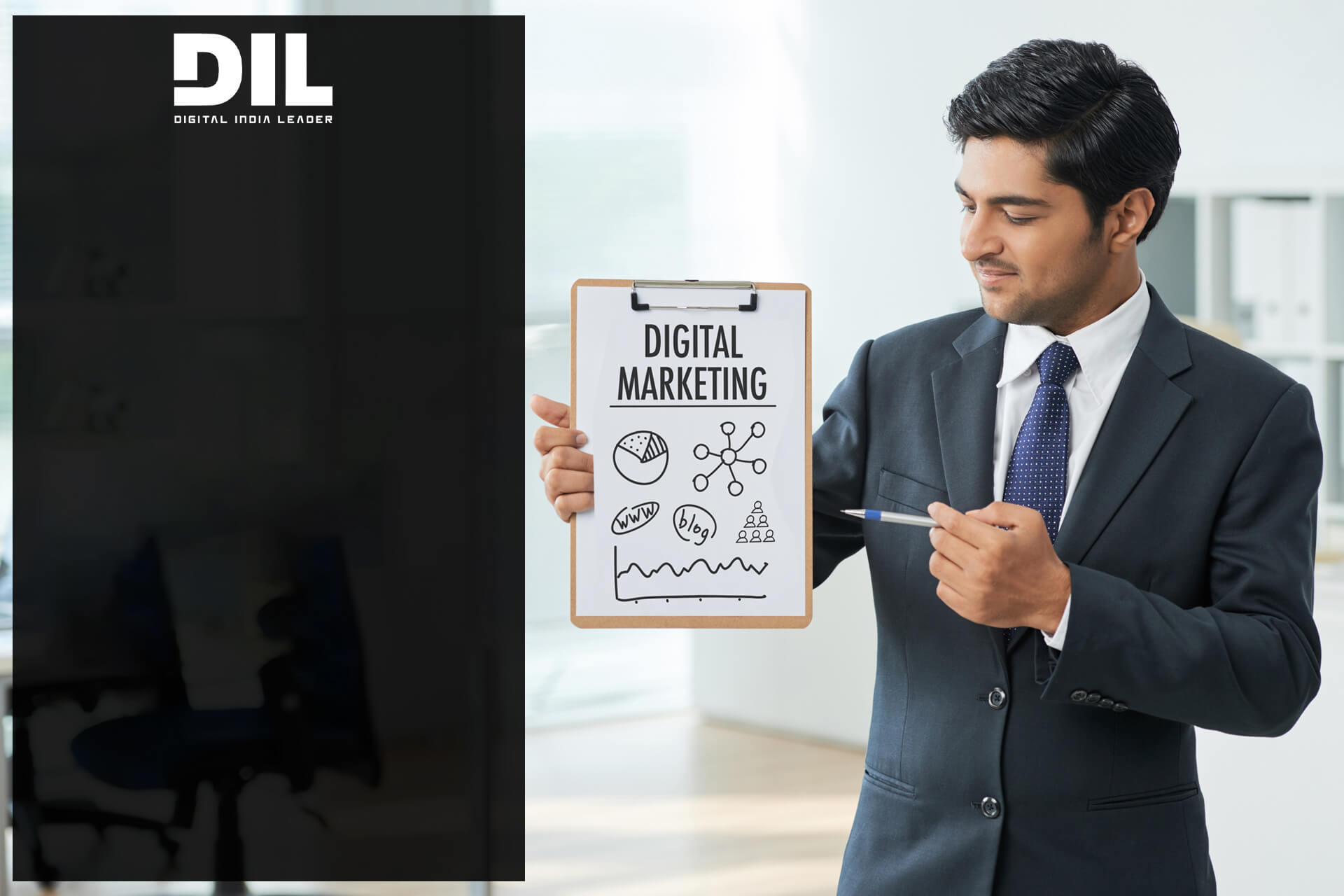In India and throughout the world, digital marketing has become a roaring success, not just as a career option but also for business development and brand awareness. As a result, businesses have had to respond fast to figure out new ways and tactics to match the changing behaviors of their customers.
The progress of the marketing era is always focused on the demands of the consumer, and the terms used in digital marketing will vary in accordance with the trend and requirements. In this article, we’ve compiled a list of 20 digital marketing terms to be aware of in 2022.
1. Search engine marketing-SEM
The process of marketing a business through paid advertising that shows on search results is known as search engine marketing. The strongest asset of search engine marketing is that it allows marketers to place their advertisements in front of interested clients who are willing to purchase their products.
2. Content management system-CMS
A content management system (CMS) is a software platform that allows you to control the generation and alteration of digital content. In a CMS, content is generally saved in a database and presented using a collection of themes and templates in a presentation layer. This system, particularly allows users to build, modify, store, collaborate, monitor, publish, share, and engage and its graphical user interface simplifies interaction with a site’s information.
3. Net Promoter Score-NPS
The Net Promoter Score (NPS) is a measure of customer gratification and retention that is computed by asking consumers how likely they are to suggest a product or service. NPS is an effective and stimulating statistic that drives engagement in organizations of all levels.
4. Search engine optimization-SEO
Search engine optimization is the practice of making web pages and their content more visible to people who are looking for keywords related to your website.SEO boosts the amount and reliability of visitors to your website through organic SERPs. Whenever anyone searches for a keyword in your sector, a stronger position elevates your brand’s visibility online.
5. Return on investment-ROI
Return on investment (ROI) is a critical component of digital marketing and in fact, nearly in all aspects of marketing, it determines if you are receiving your budget’s value from your efforts. Tracking data that are directly related to sales and profits is the most intuitive way to identify digital advertising ROI.
6. Conversion Rate Optimization-CRO
Conversion rate optimization (CRO) is a method for improving the number of website visitors who complete an intended action, such as booking an appointment or becoming clients. Purchase a product, add to bag, sign up for a service, fill out a form, or click on a link are all examples of desired activities.
7. Cost per click-CPC
CPC (cost per click) is a digital advertising revenue stream in which websites charge advertisers depending on how many times users click on a display ad connected to their site. Marketers who have a fixed daily budget for a project frequently utilize cost per click. The advert is instantly withdrawn from the site’s cycle for the balance of the billing month when the marketer’s budget is achieved.
8. Lifetime Value-LTV
The projected amount a client will spend on your service or product over the life of the agreement is known as customer lifetime value (CLTV). This statistic might help you shift your spotlight away from transactional thinking and toward the long-term benefits of repeated purchases.
9. Call To Action-CTA
The capacity of a company’s website to turn a visitor leads into pleased customers, or even better, a loyal customer determines its efficacy. A call to action is a key component of a website that serves as a guide for visitors. The use of CTA can substantially enhance interaction with the views. It’s an important component of digital marketing since it tries to turn a user into a lead, and then into a customer.
10. Shoppable Posts
Instagram users may obtain more information about a product by clicking on these shoppable tags. Brands will be allowed to tag particular goods in nonpayment posts that will direct viewers away from Instagram and to the company’s site, where the marked product may be purchased.
11. Target Audience
The target audience is the set of people who are most likely to desire your product or service, and hence the ones who should see your advertising efforts.
12. Key Performance Indicators-KPI
The Key Performance Indicator (KPI) is a quantifiable statistic that shows how well a firm is accomplishing key business goals. Corporations use KPIs at different levels to assess their progress toward their goals.
13. Customer acquisition cost-CAC
The best estimate of the entire cost of gaining a new client is the customer acquisition cost. This will typically comprise factors like advertising expenditures, marketing salaries, salespeople’s salaries, and so on, divided by the number of clients obtained.
14. Cost per mille-CPM
CPM (cost per mille), commonly known as CPT (cost per thousand), is a typical advertising metric. It’s the price an advertisement pays for 1,000 views or engagements of a commercial.
15. Dark Post
In contrast to promoted and organic posts a dark post is a type of tailored ad that does not display on the marketer’s timeline or in the feeds of the advertiser’s follower, Dark posts show in the feeds of particular demographics and are generally labeled as sponsored material.
16. Position Zero
Google’s content at the very top of search engines is known as Position Zero. The information Google provides at the very top of the search results is known as the Zero Position, sometimes known as a highlighted preview.
17. Visual and Voice Search
Visual search makes use of artificial intelligence technologies to assist users in searching using pictures rather than text.
Voice search is a technique that allows the public to search online using voice control. This function initially debuted on smartphones as a consequence of advancements in voice recognition.
18. A/B Testing
AB testing is a type of trial in which two or more variations of a page are presented to visitors at random and analytical methods are utilized to see which one works better for a certain conversion objective.
19. Lead Generation
A lead generation plan comprises strategies for attracting and converting potential consumers into leads. A lead is a prospective client who has expressed interest in a product by taking any actions.
20. Push and pull marketing
Push marketing employs performance assessment and cold-emailing to put the goods or services in front of the customer in the hopes of increasing brand recognition and, eventually, generating a sale.
Businesses use pull marketing to place their product or service in front of potential consumers who are already interested in what they have to offer. Pull marketing gets through the big roadblock to sales by creating interest among the target demographic.
Conclusion:
In the world of digital marketing, there are plenty of fresh terms and strategies to learn. As time passes, the trend shifts, and we must adopt the appropriate strategy to stand out and shine. Utilize these 20 Digital Marketing Terms that are flourishing this year to get your business to the top in the virtual market.





